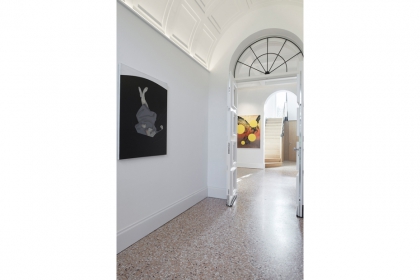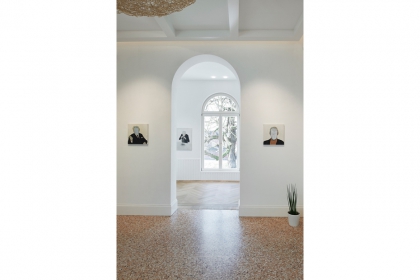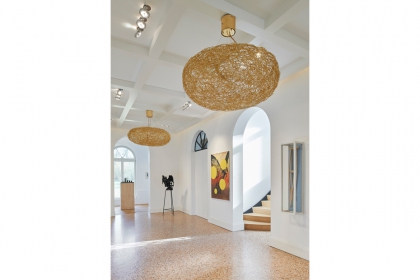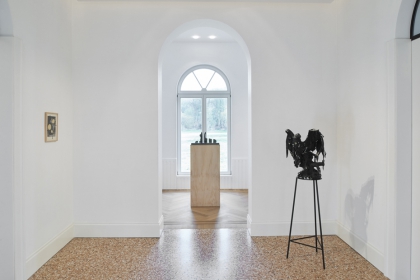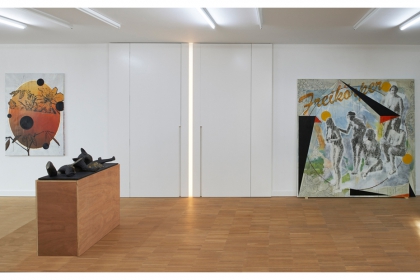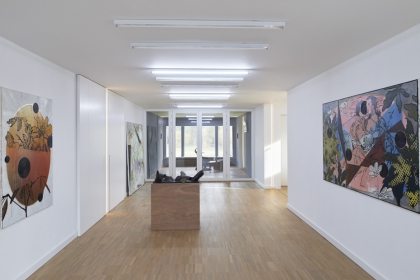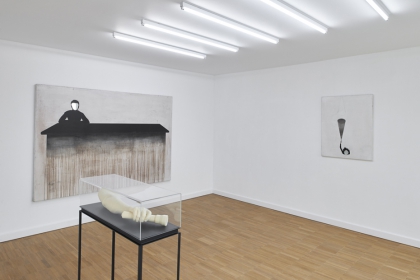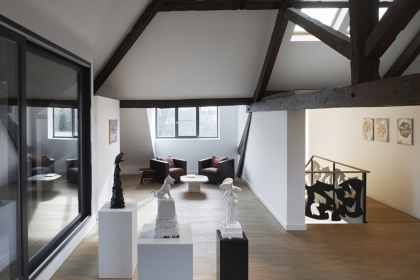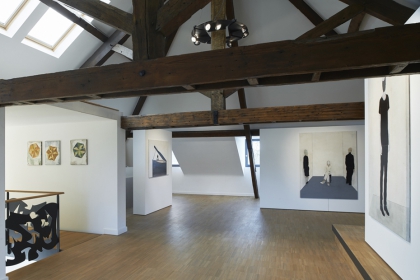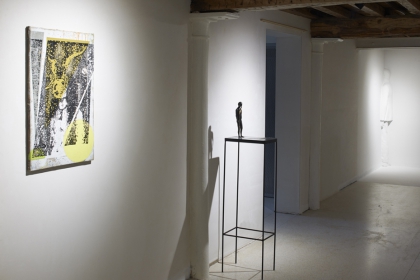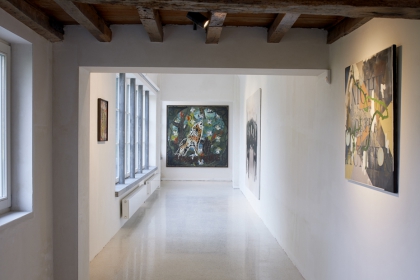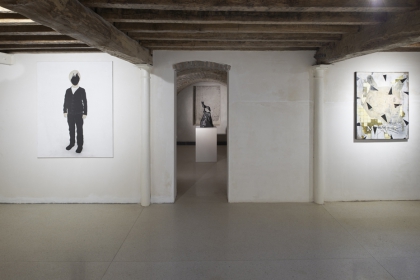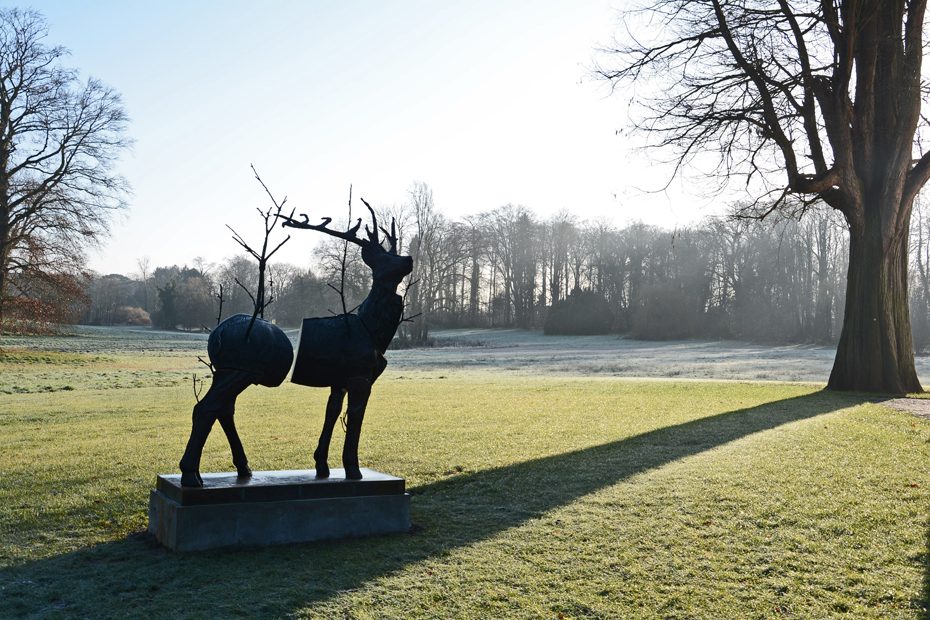
Yves Velter and Stief Desmet describe the feeling of being sucked into the world of an artwork, and losing track of time and space in a state of ecstasy, as ‘L’oubli extatique’. Precursors to this experience can be found in the philosophy of Henri Bergson and the writings of Marcel Proust; and in the case of the Stendhal syndrome, it even becomes a disruptive somatic phenomenon. By contrast to this overwhelming scale, grand narratives are not a source of fascination for the two artists. Instead, both are inspired by their receptiveness to personal events, or by the richness inherent in modest materials. Taking the private realm as their starting point, each has developed his own unique visual language in which the cyclical phenomenon of time plays a pivotal role.
The tension between forgetting and remembering, and between inaccessibility and unlocking, is a leitmotiv running through Yves Velter’s oeuvre. Reality manifests itself as a veil that, if we wish to deepen our insight or expand our perceptual environment, must be decoded. For this reason, Velter’s artworks are by nature ideographic, and he therefore creates a kind of visual handwriting in which to render both things that are difficult to depict and abstractions. In so doing, he employs a paradoxical strategy: by the very act of taking something away, he reveals more. The skin of things is benevolently stripped away to reveal what lies beneath the surface and behind the façade. He always affords human beings’ fragile existential position a central role, which translates into carefully considered figuration. In formal terms, this is characterised by an economical linear design, a reduction of colour or expressiveness of touch, and compositional clarity – stripped of any kind of noise. Nevertheless, in so doing he creates a sense of doubt, because the unknown is also symbolised in his works.
Stief Desmet taps into the potential of what already exists. He is an intuitive collector, a sampler of images. As regards content, his research and interests focus on the complex relationship between humans and the natural world. To bridge the gap that has opened up in this disturbed relationship, humans produce all kinds of surrogates – all we are confronted with is remnants of the original. It is with this residue that the artist sets to work: he appropriates the material, dislocating and reformulating it to create unexpected associations and to generate new meanings. Just as in the novel Hopscotch by Julio Cortazar, he uses alternative storylines to challenge the viewer with serendipitous reading possibilities. The connection between the source material and the processed result creates a material and intellectual conflict. Stief Desmet thus invites you to reflect on origins, authenticity and manipulation, as well as upon the position occupied by the aesthetic.
The ways in which the two artists construct images prove that our perception of reality, memory and identity are in fact metaphorical constructions. They not only enter into dialogue with one another, but also with the unusual location of the White House Gallery, located in the site of the former psychiatric hospital Salve Mater.
Stef Van Bellingen

